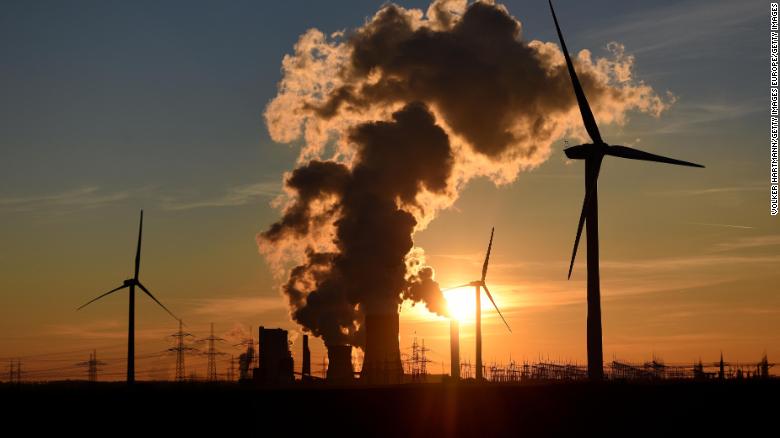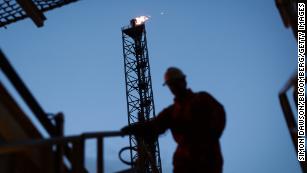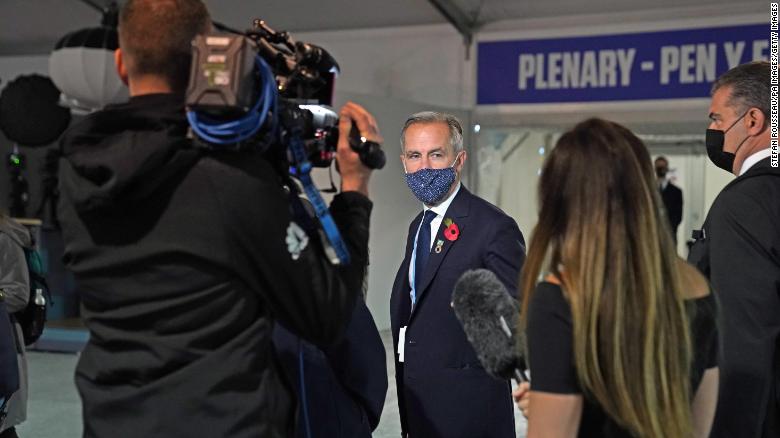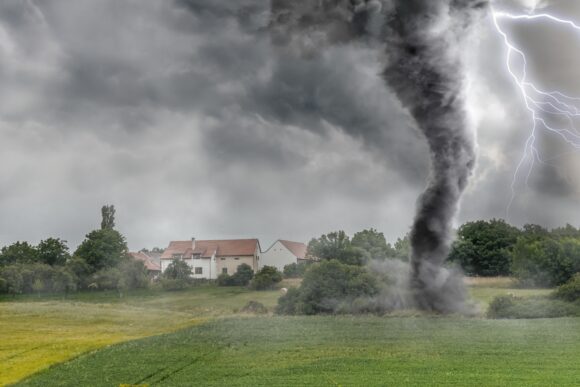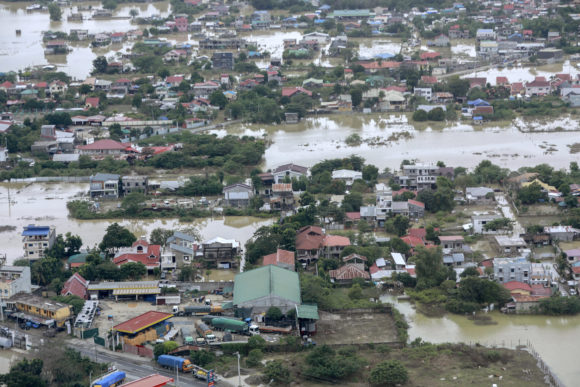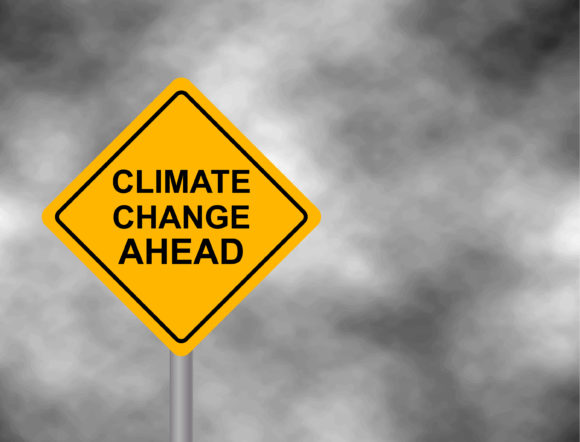By Chelsea Rocks
Wednesday, 3rd November 2021, 8:53 am
UpdatedWednesday, 3rd November 2021, 8:56 am

The Met Office has revealed new analysis which suggests Europe can expect “Lucifer” heat waves every three years, as climate change continues to affect weather patterns
Temperatures of nearly 50°C will be felt across many countries every 36 months, in what was previously a one-in-10,000-year event.
‘Impossible without human induced climate change’
While people across the UK have been grateful for the hotter summers, the analysis suggests life threatening temperatures are being brought about by man made climate change.
The summer of 2021 was Europe’s hottest on record, as average temperatures in 2021 were almost 1°C higher than the 1991-2020 average.
The Uk’s national weather service has claimed this rise would have been “impossible without human induced climate change.”
This August, the south of England experienced record temperatures during the ‘Lucifer’ heatwave, and a new European temperature record of 48.8°C was set in Syracuse, Sicily.
The record been Athens’ 1977 record by 0.8, a rate of change which would only occur every 10,000 years if nature was not destroyed by human interaction.
‘More severe weather’
BBC’s Panorama will explore the changing weather systems in an hour-long documentary on 3 November, as COP26 gets underway in Glasgow.
The programme will delve into the Met Office research, which concluded that without dramatic reductions in greenhouse gas emissions in addition to those already pledged at COP26, near 50C temperatures could become a yearly occurrence by 2100.
It also found Europe can expect extreme, near-50°C heatwaves every three years in the immediate future.
“Our analysis shows that what is now a one in three-year event would have been almost impossible without human induced climate change. This is another example of how climate change is already making our weather extremes more severe,” said Met Office climate attribution scientist Dr Nikos Christidis.
Michael Mann, director of the Earth System Science Center at Pennsylvania State University said: “If we let warming proceed and we cross not just 1.5°C but 2 or 3°C we will very clearly exceed our ability as a civilisation to provide the resources, the space, the food and the water for now nearly eight billion people on the face of this planet.”
While South European countries such as Greece and Italy could hit 50C, temperatures in the UK could exceed 40°C on a “regular basis” even in a best-case scenario of just 1.5°C of global warming.
The UK recorded its record temperature of 38.7°C in July 2019, and although 2021 wasn’t record-breaking, it did record as the ninth warmest on record.
